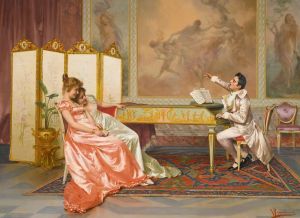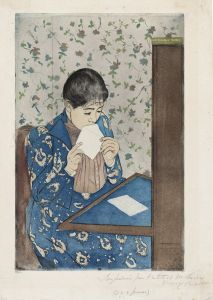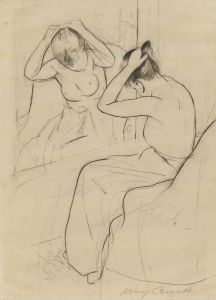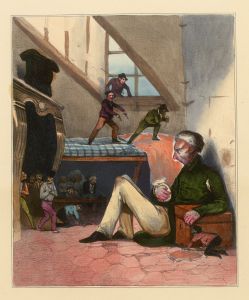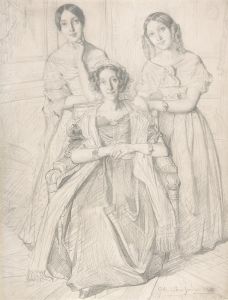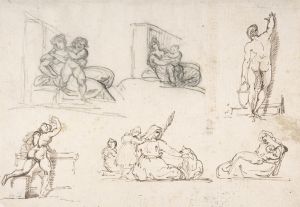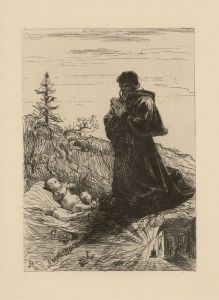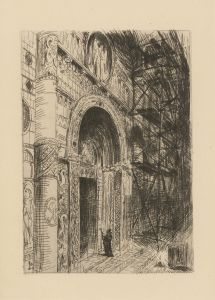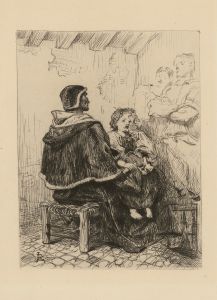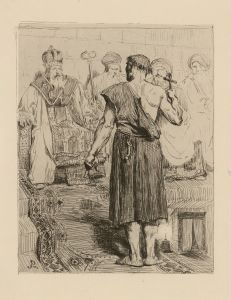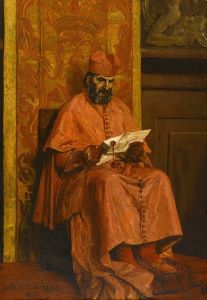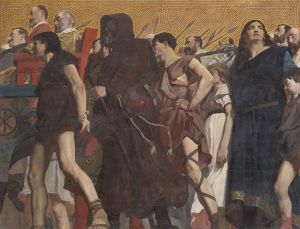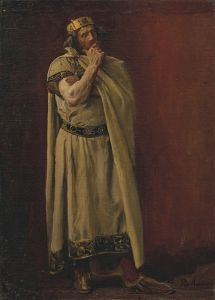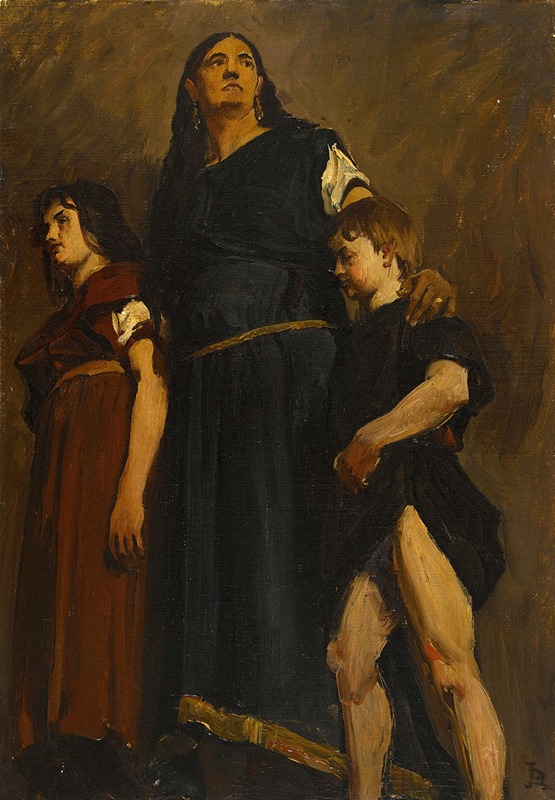
Femme mérovingienne et deux enfants
A hand-painted replica of Jean-Paul Laurens’s masterpiece Femme mérovingienne et deux enfants, meticulously crafted by professional artists to capture the true essence of the original. Each piece is created with museum-quality canvas and rare mineral pigments, carefully painted by experienced artists with delicate brushstrokes and rich, layered colors to perfectly recreate the texture of the original artwork. Unlike machine-printed reproductions, this hand-painted version brings the painting to life, infused with the artist’s emotions and skill in every stroke. Whether for personal collection or home decoration, it instantly elevates the artistic atmosphere of any space.
Jean-Paul Laurens, a prominent French painter of the 19th century, created the artwork Femme mérovingienne et deux enfants (Merovingian Woman and Two Children). Laurens was known for his historical and often dramatic paintings, which frequently depicted scenes from European history with a focus on the Middle Ages and the early modern period. His works are characterized by their meticulous attention to detail, historical accuracy, and emotional depth.
The painting Femme mérovingienne et deux enfants portrays a woman from the Merovingian dynasty, an early Frankish ruling family that held power in parts of what is now France and Germany from the 5th to the 8th centuries. The Merovingians are often associated with the early medieval period in European history, and their reign is marked by the transition from Roman rule to the establishment of medieval kingdoms. In the painting, the woman is accompanied by two children, though their identities are not specified. The composition reflects Laurens' interest in historical themes and his ability to evoke the atmosphere of a bygone era.
Laurens' choice of subject matter aligns with his broader artistic focus on moments of historical significance, often highlighting themes of power, loss, and human emotion. The Merovingian dynasty, as a subject, offers a rich historical context, as it was a time of cultural and political transformation in Europe. The dynasty is particularly notable for figures such as Clovis I, who united much of Gaul under his rule and converted to Christianity, laying the foundation for the Frankish kingdom's alliance with the Roman Catholic Church.
While specific details about the painting's creation, such as its exact date or the circumstances under which it was commissioned, are not widely documented, it is consistent with Laurens' oeuvre, which frequently explored historical narratives. The painting is an example of his ability to bring historical figures and periods to life through his art, blending historical research with artistic interpretation.
As with many of Laurens' works, Femme mérovingienne et deux enfants serves as a visual exploration of history, inviting viewers to reflect on the lives and experiences of people from the past. The painting is housed in a public or private collection, though its current location is not definitively recorded in available sources.






